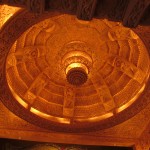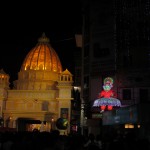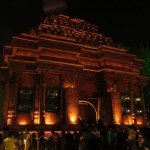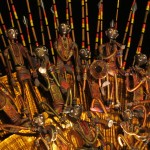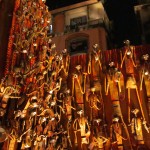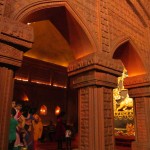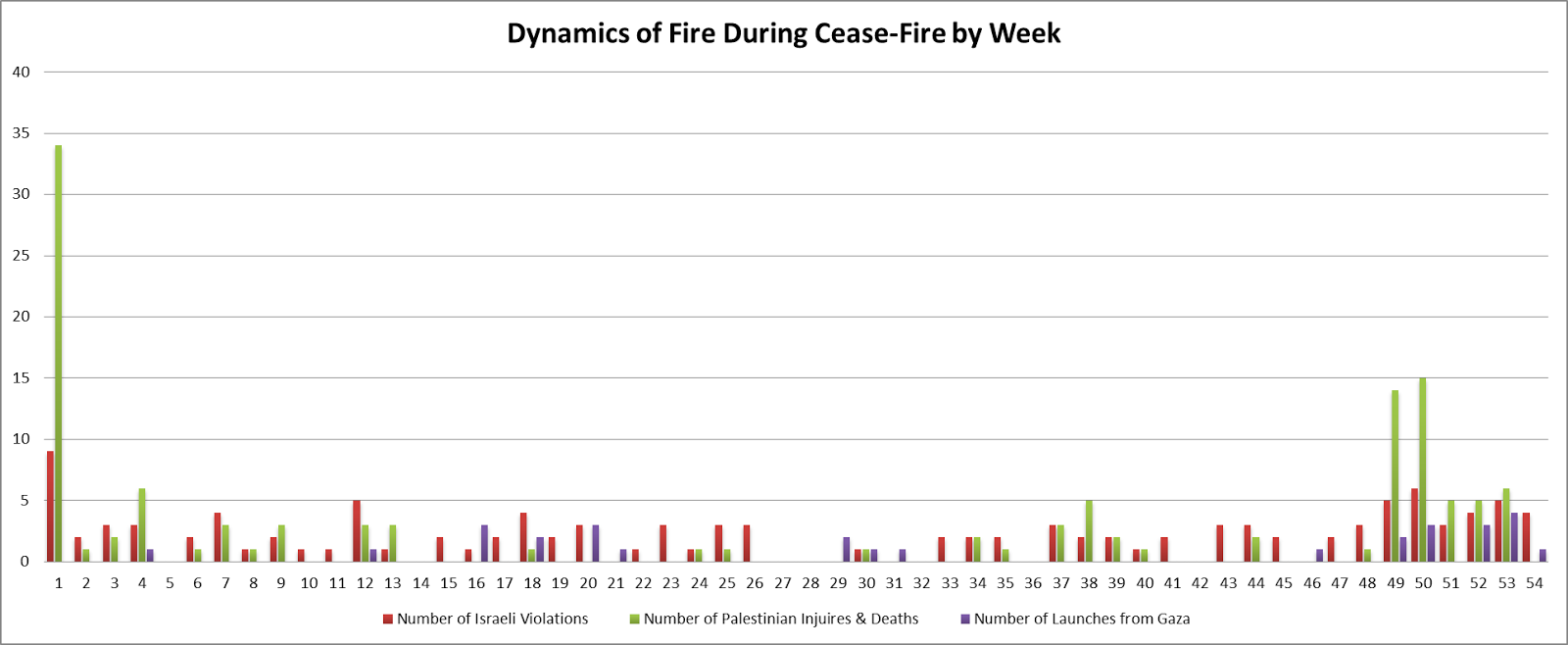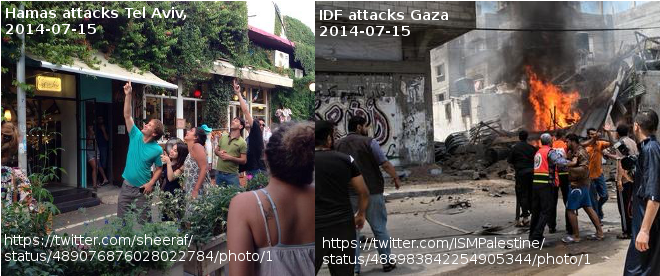First time I managed to be in Kolkata over durga pujo. To say it’s a pretty big deal is a bit of a understatement. Christmas Lighting in shop windows have nothing on the pandals (the temporary structures built to house the gods) and thakurs (the idols of Durga and her children – Lakshmi, Saraswati, Ganesh and Kartik).
Apparently around 3,000 of these are built around Kolkata, and from a week spent spotting them in every street corner I have absolutely no reason to question that number. Each neighbourhood has at least one, and there are famed ones with budgets counted in millions of rupees. This year one was 3D printed, another adorned with tens of millions worth of gold, another with diamonds and so on and so forth. There are prizes to be won from a wide range of newspapers, corporates, tv channels etc.
Durga Puja in Bengal is the celebration of the goddess Durga’s (wife of the in western circles more well-known Shiv) visit to her father (Himalaya). Visiting your parents after you’ve been married is of course joyous (can’t be much fun waiting on your husband and his family). Additionally, it’s celebrating Durga’s defeat of evil – in the form of a demon who has taken the shape of a buffalo.
The basic activity involves a) buying, gifting & wearing of new clothes and b) taking said clothes (and yourself) pandal-hopping across the city. While the festival can’t exactly be called secular (since well, you know, the Hindu pantheon and myths feature pretty heavily) for most people it seems to be more a festival/carnival type event rather than a heavily loaded religious one.
Finally, after five days of sweating, crowding, wearing new clothes, eating mishti and too much food the sad day of Durga’s departure from her father (to head back to her husband) comes and Durga (along with her children) is taken – with much ruckus – to the river in which she is then left to find her way back to Shiv in the Himalayas.



